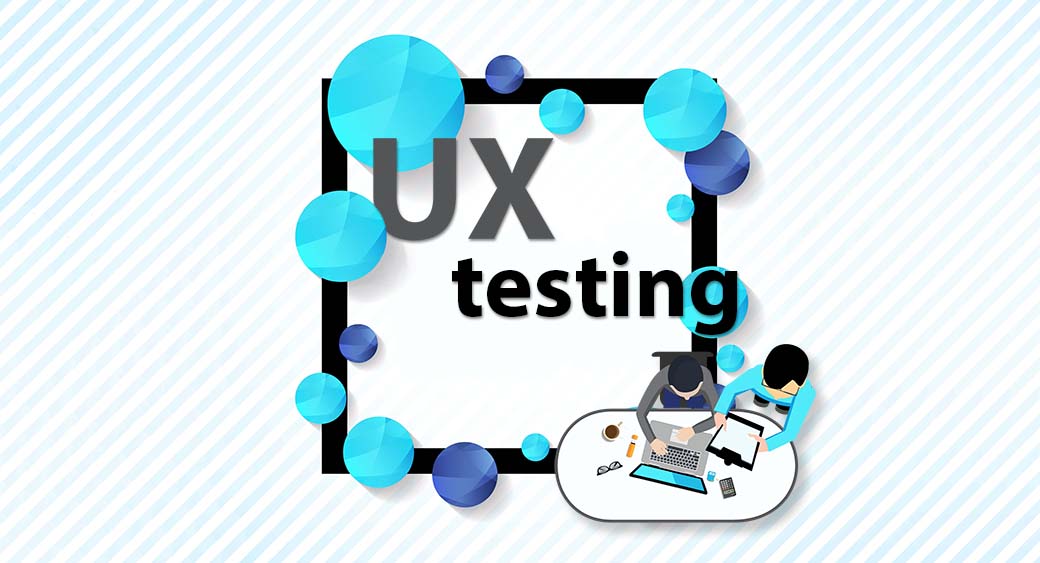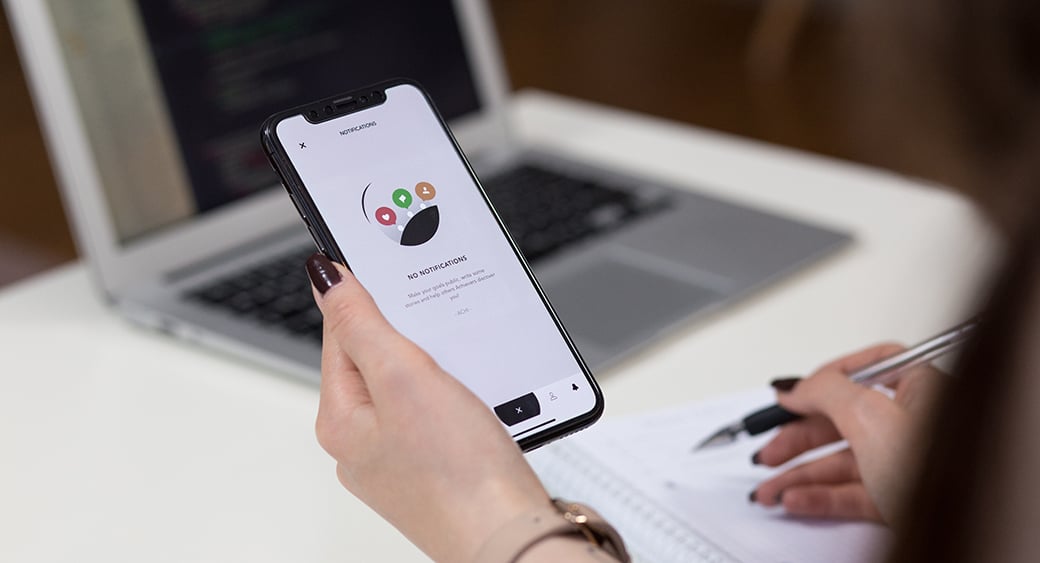5 Usability Testing Methods to Use in Software Development
Can you imagine a car manufacturer releasing a new model without testing its performances? Or can you imagine a chocolate factory that doesn’t analyze consumer preferences before launching new flavors? We bet you can’t! That’s why usability testing methods become extremely crucial for web projects of any kind.

On the other side, it seems like way too many developers forget about usability testing methods when they design new apps and software products. They neglect the fact that usability testing is the basic and central idea in IT that involves testing software products, interfaces, or technologies on end-users.
In other words, user testing methods suggest you have to check software functionality in order to ensure an immaculate customer experience. A report shows that as much as 97% of customers cite ‘ease of use’ as the most important quality for mobile apps. That is exactly the purpose of user experience design – to allow consumers to enjoy your products simply and comfortably.
For this reason, you need to understand how user experience testing methods work. In this post, we will show you 5 usability testing methods that you should run in software development.
The Importance of User Experience Testing Methods
Before we start talking about the most practical usability testing methods, we need to explain what makes this process so significant. In general, they fulfill five different purposes:
- Efficiency: This feature is highly relevant because it shows how easy it is for a user to accomplish certain tasks. It is all about the speed and the overall simplicity.
- Learning: Intuitiveness is the most important trait of an app or software. When you conduct usability tests, you want to find out how easy it is for an average user to figure out the way your product works.
- Memorization: If a user comes back to the design after a period of abstinence, does he need to learn everything all over again? If not, you are on the right track because your product is simple and easy to memorize.
- Errors: When you test the design, you need to monitor user behavior to detect all the mistakes they make in the process. When you do that, you need to try to eliminate confusing elements and simplify the procedure even more.
- Satisfaction: This feature is highly subjective, but it’s still very important for a developer. You need to discover what users think about your product upon testing. Are they satisfied or not?

If you exercise all usability testing methods, you can gain a few substantial benefits. For instance, it can bring you financial benefits since you won’t have to waste time and money fixing problems in the later stages of product placement.
At the same time, you’ll make better software that is easy to use and shortens the learning curve for new users. You will also discover a vast majority or all of the pain points, getting the opportunity to resolve bugs and system issues prior to release. The only thing left is to learn how to utilize usability testing methods, so keep reading to find out!
Usability Testing Methods Explained
Now that you’ve seen the goals and benefits of usability testing methods, it is time to learn how they actually function. Here are the five most productive tactics to implement while testing a product:
Participatory Design
One of the best ways to analyze software is to invite end users to take part in testing and development. To do this, you need to define an average buyer who possesses a certain level of skills and specific personality traits. Then you form a group of end-users based on these traits and invite them to act as development advisors. According to UI Bakery insights, usability testing by end-users allows enhancing the software efficiency by 58%. Participants will tell you about their expectations related to the product, point out usage difficulties, propose new ideas, etc.
Card Sorting
Card sorting is a tactic that uses gamification elements to help you find the most effective solution for the product’s information architecture. The process is very simple: participants receive a bunch of cards that represent certain topics, and then they organize cards in a way that seems logical.

This method is cheap and easy to perform, but it still gives you incredible insights into user behavior. You can understand how your customers think and react to the content, which helps you to rearrange products. After the card sorting session, you can re-build the product structure, follow the users’ behavioral patterns, and ensure more intuitive navigation. As a consequence, your app will become better and user-friendly.
Task Analysis
Task analysis is the act of monitoring user behavior. With this tactic, you are observing end-users while they test your software. The goal is to see how many steps they have to take before reaching the desired feature. What is the purpose of this observation?
IT specialists at Aussiewritings explained it briefly: “The purpose is to analyze consumer journey and determine whether you could make it shorter and more efficient. For instance, you could reduce the number of actions needed to enter a specific software feature. If you enable end-users to take three steps instead of five, you are making a huge leap forward. For this reason, task analysis is an essential element of usability testing.”
Cognitive Walkthrough
The cognitive walkthrough is another method that provides developers with valuable inputs. The process is similar to task analysis, but this time you don’t observe end-users. On the contrary, you let them explore the product in its entirety and analyze each one of its features. They make usability reports along the way to describe every action or option available within the app. Each statement represents a different scenario that belongs to one of the two categories: the so-called success stories or failure stories. When you get the full report, you can analyze both categories to determine what needs to be changed and what you can keep.
Heuristic Evaluation
Although it all comes down to the end user’s opinion, sometimes you also want a fellow expert to check out your software. It’s a heuristic evaluation or a peer review coming from specialists who are not involved in the project and don’t work for competitors, of course.
These individuals can examine the product to evaluate usability, interface design, flexibility, user-friendliness, and many other features. A skilled and experienced peer can easily detect shortcomings, but it’s not easy to find or pay one. It’s much easier for large IT departments because they have different units and can afford cross-evaluations regularly.
Conclusion
Usability testing methods are a mandatory procedure for software developers. User experience design is the only way to make sure that everything functions properly, and to make necessary corrections before launching the final version of the product.
In this post, we showed you 5 usability testing methods to use when designing an app, software, or any other type of IT product. Did you ever use these techniques before? Do you have other valuable user testing methods to share with our readers? Feel free to let us know in the comments – we will be glad to see your experiences in this field!




Leave a Reply